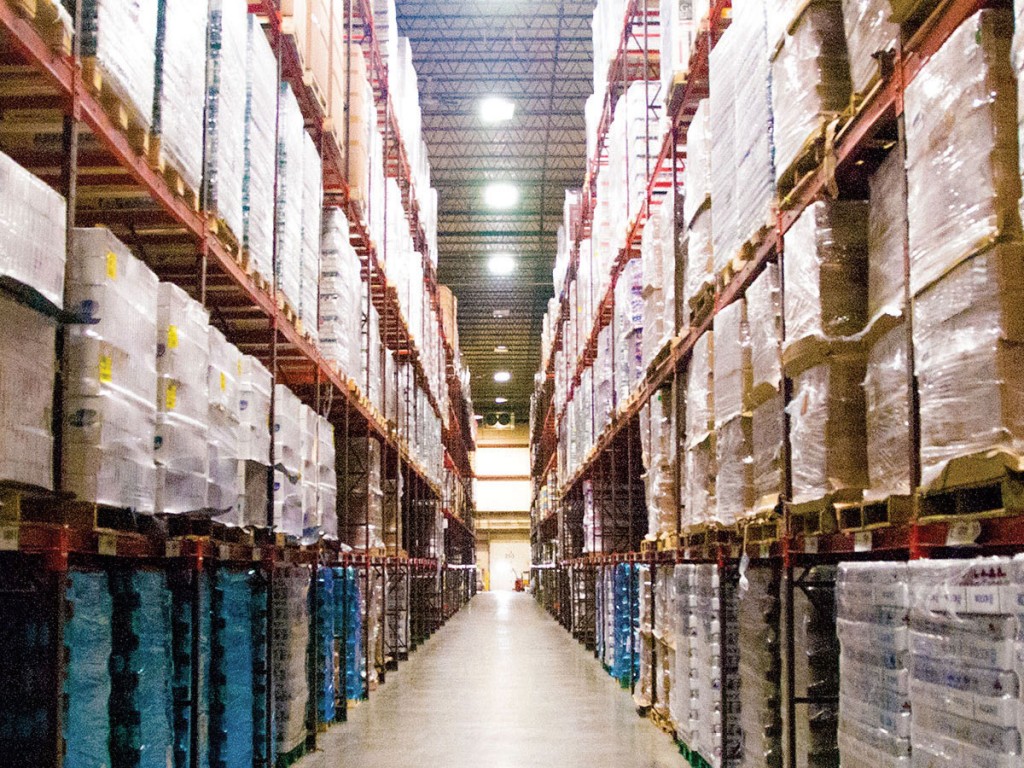Reopening’s success, post-lockdown consumer behavior is a wild card.
Temperature-controlled logistics in the United States is an industry in which supply and demand are very tightly connected. The unprecedented COVID-19 pandemic has tested the resiliency of that industry’s capabilities, as consumers hoarded goods, especially food, creating gaps in their flows to retailers.

But some shortages went beyond supply-chain hiccups. Thousands of meat workers contracted COVID-19, prompting the closure of dozens of production facilities and creating bottlenecks in the nation’s meat and livestock supply chains. According to a report from CoBank Knowledge Exchange, meat supplies were shrinking by 30% as Memorial Day approached, leading to retail price increases as high as 20%, a situation likely to persist at least through June.
Lockdown Impacts
Meanwhile, locked-down consumers stocked up on non-perishable foodstuffs like canned beans and rice, while cutting down on fresh alternatives. That led directly to the demise of the Union Pacific Railroad’s Cold Connect operations, a multimodal service that offered end-to-end transportation for refrigerated loads.
Logistics providers were also called upon to prioritize the delivery of COVID cargoes. Hawaiian Airlines, for example, set up a new cargo service to deliver groceries to rural communities on Molokai. United Airlines transformed one of its cargo facilities in Houston into a food distribution center.
As communities in the United States began reopening in May, food inflation, high unemployment, and a weak U.S. economy left many consumers in financial strain. Whether these conditions will persist will depend upon the extent to which society and the economy are able to reopen, the trajectory of economic recovery, whether consumers will resume their pre-pandemic tastes in food, and whether another lockdown will be required.
TCL providers are being challenged by supply-chain disruptions and surges, but also by the uncertainty surrounding planning. While the future remains cloudy, many in the industry see the growth of direct-to-consumer deliveries as a potential big winner in the post-pandemic world.
For cold-chain logistics providers, COVID-19 created short and long term opportunities and challenges. East Coast Warehouse, which operates temperature-controlled facilities in Elizabeth and Philadelphia as well as port drayage services through Safeway Trucking, has seen short-term warehouse operations benefit as inventories expanded, but outbound transportation flatten as consumer demand slowed.
“As we look ahead to the second half of 2020,” said Jamie Overley, the company’s CEO, “we expect much will depend on consumer demand and the pace of recovery as the peak season of October through December approaches.”

Like East Coast Warehouse, a surge in demand was also experienced by Lineage Logistics. In March, Lineage hired 1,000 new employees to meet demand globally and expected that another 1,000 would be required within a few months.
“We are responding to surges in customer demand and to keep grocery stores stocked,” said Greg Lehmkuhl, the company’s president and CEO.
Lineage also recently added to its temperature-controlled logistics capabilities with the acquisition of Emergent Cold. That transaction means the network has over 1.9 billion cubic feet and 53 million square feet of capacity in 12 countries across North America, South America, Europe, Asia, Australia, and New Zealand, as well as distribution centers in Dallas-Fort Worth and at the ports of New Orleans, Houston, and Charleston.

One TCL provider’s customers want it to accelerate the opening of new cold-chain infrastructure. MTC Logistics is in the process of developing a new refrigerated cargo facility at the Port of Mobile, part of a $61 million investment.
“The feedback from processors in the Southeast and our international import customers has been extremely positive,” said Andy Janson, president of MTC Logistics. “Mostly we hear, ‘Hurry up and open.’”
When completed, the new facility, slated to be completed early next year, will increase the blast freezing capability at the Port of Mobile by 30 truckloads per day and 40,000 racked pallet positions of storage, making the MTC facility one of the largest of its kind in the Southeast.
The uncertainties and challenges facing the industry were reflected in a recently-published survey by the Global Cold Chain Alliance (GCCA). The research found that 50% of cold-chain participants saw supply chain disruptions—such as keeping up with demand surges, slowdowns in service, and production and manufacturing challenges—as the biggest business challenge to result from COVID. Over half the study’s respondents experienced decreases in revenue compared to pre-pandemic expectations and approximately 80% indicated increased costs.
About three quarters of respondents to the GCCA survey said the aftermath of the pandemic will cause increased growth in direct-to-consumer delivery of chilled and frozen products. E-commerce could be a major beneficiary of the post-pandemic cold-chain industry, a conclusion also borne out by a recent report from Prologis, Inc.
E-commerce
U.S. e-commerce inventories could grow by as much as 10% to support direct deliveries and rapid replenishment, according to the Prologis report. That would generate demand for as much as 600 million square feet of additional logistics real estate over the next three years, with the groceries sector being one of the prime beneficiaries.
“We expect that lessons learned from the pandemic,” the report concluded, “will add demand tailwinds to logistics real estate in the ‘new normal.’”
Respondents in the GCCA study also believe the next six months may look similar to the past few months, indicating they don’t expect a particularly steep recovery. From a business standpoint, perhaps the worst consequence of the pandemic is the uncertainty it has generated. “What and where the world eats may vary in the wake of the COVID-19 pandemic,” said Fred Boehler, CEO of the Atlanta-based AmeriCold Logistics, LLC.

As businesses and society reopen, all are hoping for the best, but logistics planners need more to go on than that, yet data is still scarce. “Warehouse operations may tighten as inventory declines,” said East Coast’s CEO Jamie Overley. “Inbound transportation may soften as inventory levels stabilize, while outbound transportation may improve as shipments increase.”
Overley sees future risk in the cold-chain logistics space being driven by vertical—such as beer, water, confectionery, and food—and by segment. “We may also experience a soft start in 2021,” he warned, “depending on the state of the pandemic at that time.”
_Alliance_-_127500_-_8518a8cb53bfa1ee3241a9389b0c47f7b53ad9ce_lqip.png)
